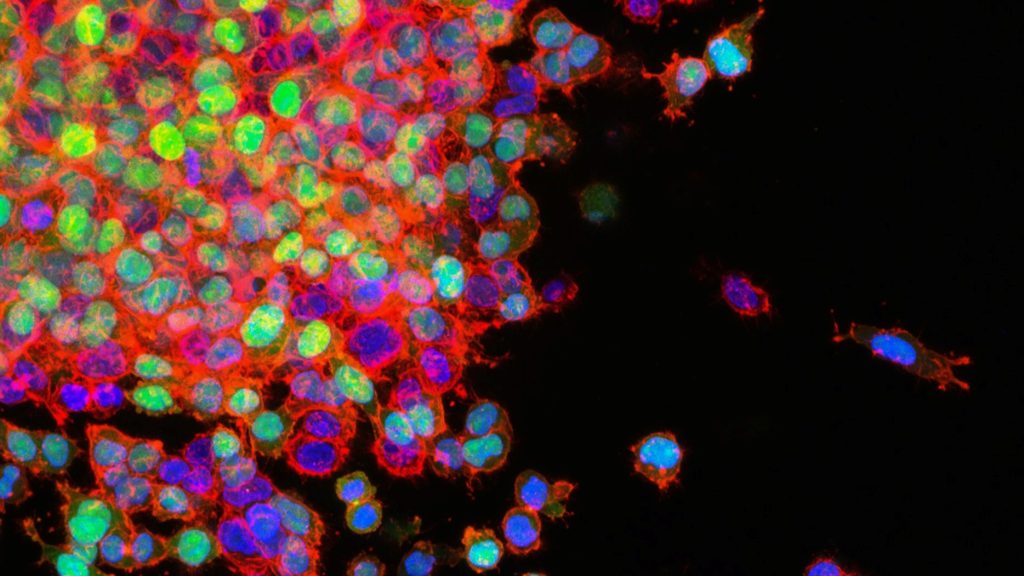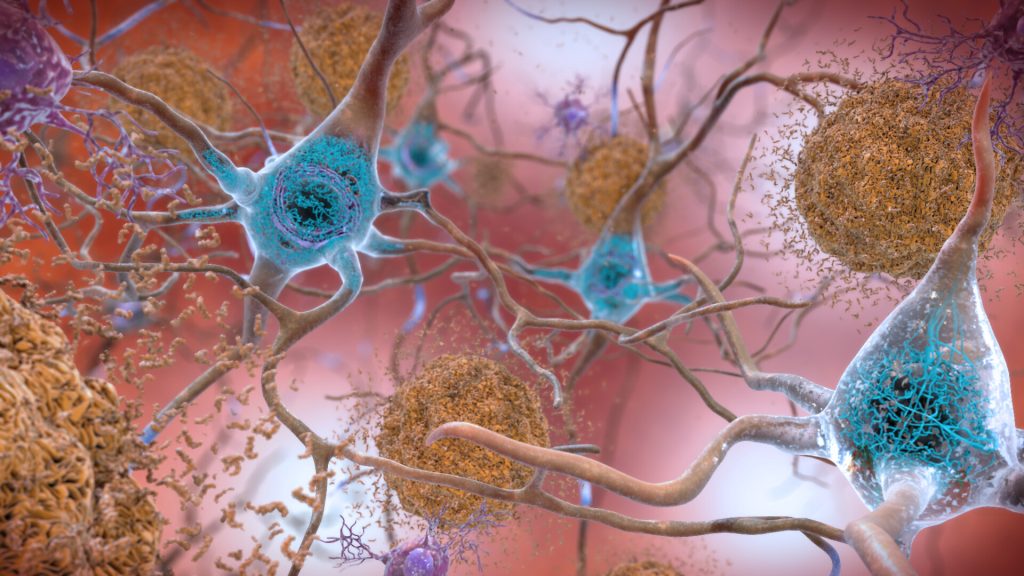More Metabolic Imbalances in Paediatric T1D Diagnoses in the Pandemic

During the COVID pandemic, significantly more children and young people had already developed diabetic ketoacidosis when diagnosed with type 1 diabetes (T1D) than in previous years. These findings were reported in The Lancet Diabetes & Endocrinology,
If children and young people have already developed metabolic imbalances (diabetic ketoacidosis) at the time of diagnosis of T1D, this can result in complications such as extended stays in hospital, poorer long-term control of blood sugar levels, brain enema, or even a higher mortality rate.
During the COVID pandemic, diabetes centres around the world saw an increased prevalence of diabetic ketoacidosis in diagnosed cases of T1D. DZD researchers, together with international colleagues, investigated whether the number of diabetic ketoacidosis cases associated with the diagnosis of paediatric T1D increased more than expected. To achieve this, they analysed the number of diabetic ketoacidosis cases before and during the pandemic.
The team evaluated data from 13 national diabetes registers, with 104 290 children and young people aged between 6 months and 18 years old who were diagnosed with T1D between 1 January 2006 and 31 December 2021. The observed prevalence of diabetic ketoacidosis during 2020 and 2021 was compared with predictions based on the years before the pandemic (2006–2019).
Increase greater than expected
Between 2006 and 2019, 23 775 of 87 228 children had diabetic ketoacidosis when diagnosed with T1D (27.3%). The mean annual increase in the prevalence of diabetic ketoacidosis for the entire cohort between 2006 and 2019 was 1.6%. During the pandemic, the numbers were significantly above the predicted prevalence. In 2020, the adjusted observed prevalence of diabetic ketoacidosis was 39.4% (predicted prevalence 32.5%) and 38.9% in 2021 (predicted prevalence 33.0%).
“The increasing prevalence of diabetic ketoacidosis associated with the diagnosis of type 1 diabetes in children is a global problem. There was already an increase in prevalence before the COVID-19 pandemic. During the pandemic, this increase was even greater,” notes DZD scientist Prof. Reinhard W. Holl from Ulm University.
The authors suggest that providing a comprehensive explanation of the classic symptoms of T1D in childhood to the general public, those active in the childcare or daycare settings, and primary care physicians could help raise awareness of the symptoms of T1D. Furthermore, public health measures could be used, eg, implementing a general islet-cell autoantibodies screening program for children to reduce the number of dangerous metabolic imbalances.





